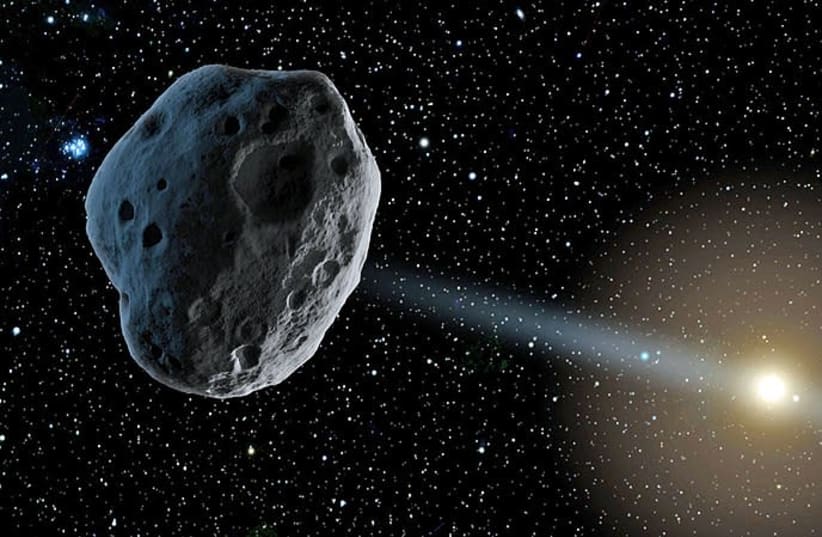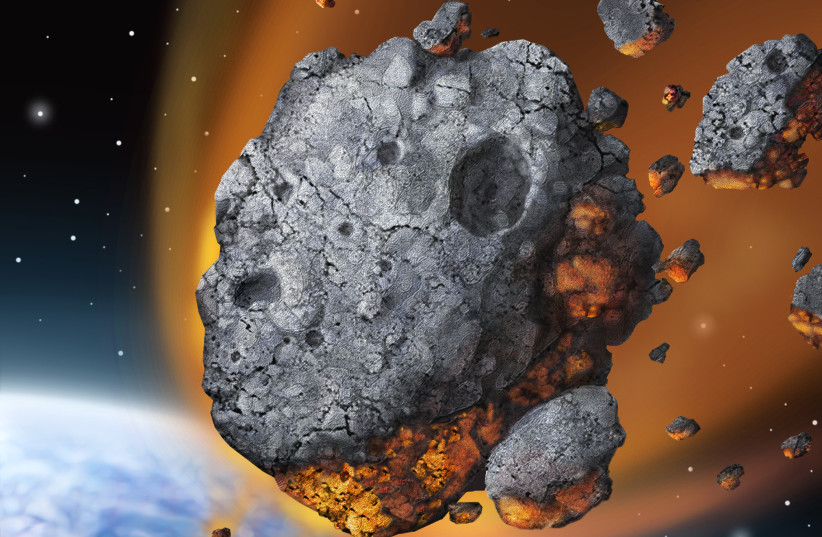Another massive asteroid is set to approach Earth's orbit within the next month, with a diameter rivaling the size of San Francisco's famous Golden Gate Bridge.
Dubbed 2021 NY1, the large asteroid is set to pass by the planet on September 22, according to the NASA Jet Propulsion Laboratory asteroid tracker. It has an estimated diameter of 130 meters to 300 meters. For comparison, the Golden Gate Bridge has a height of just 227 meters.
The asteroid is one of many that are set to pass by the planet in the coming month. Another one, 2021 QC1, is set to pass by on September 1. This asteroid is smaller, with a diameter of just 71 meters to 160 meters. However, this is still huge and is around the size of the Statue of Liberty.
An even bigger one is set to fly by on September 9. Dubbed 2010 RJ53, this colossal asteroid has a diameter of approximately 774 meters in size, around twice the size of the Empire State Building in New York.
Despite the size of these asteroids, it is unlikely any of them will come close to impacting the Earth. Out of the three aforementioned asteroids, only 2010 RJ53 will fly closer to the Earth than the Moon, its closest distance being an estimated 366,000 kilometers away from the planet. For comparison, the Moon maintains a distance of 384,400 kilometers away from Earth.
However, according to calculations by NASA, Earth is free of any risk of an asteroid impact for the next century.
Asteroids frequently fly by the Earth, with a large asteroid comparable in size to the Great Pyramid of Giza in Egypt having passed by on July 25 and another the size of the US Pentagon having passed by in late August.
However, there is still the potential for danger, as gravitational tugs have the potential for changing an object's path.
The danger of an asteroid impact remains among the worst possible natural disasters that could happen to the planet, as mankind does not have much in the way of combating them.
It is for this reason that astronomers around the world, including at NASA's Planetary Defense Coordination Office, work to monitor all nearby asteroids and calculate their trajectory to see if any of them pose a threat to the planet.
This is done through the use of special "asteroid hunter" telescopes, but some projects, like the Double Asteroid Redirection Test (DART) Mission launched by the PDCO and John Hopkins University, seek to find ways of defending against asteroids themselves.

